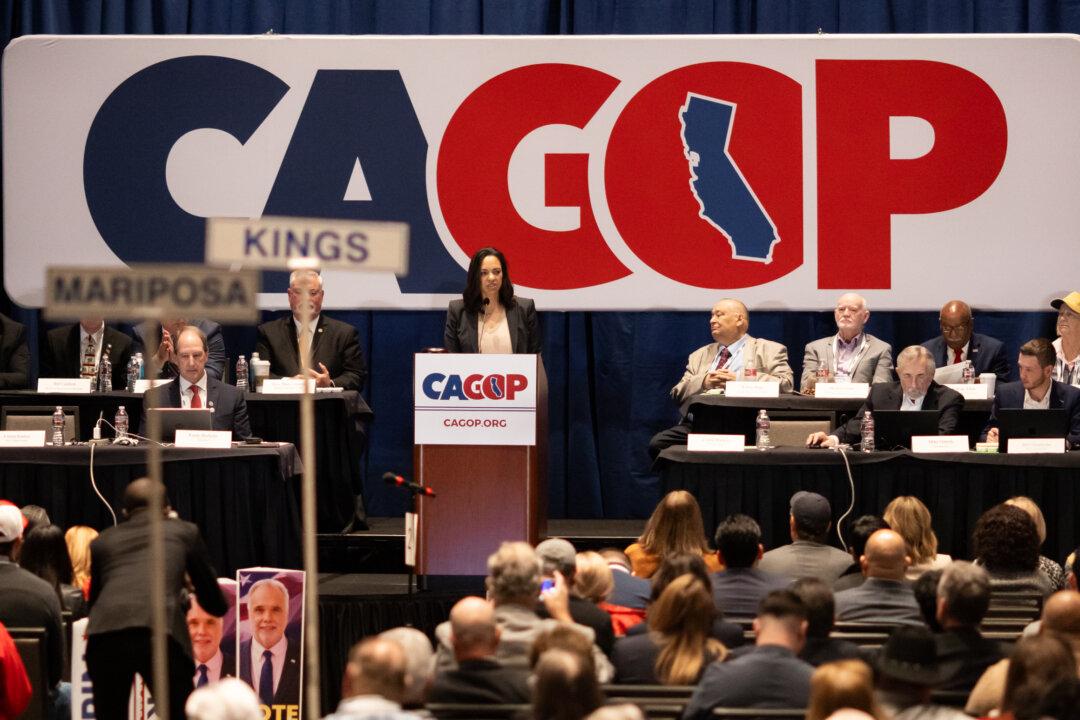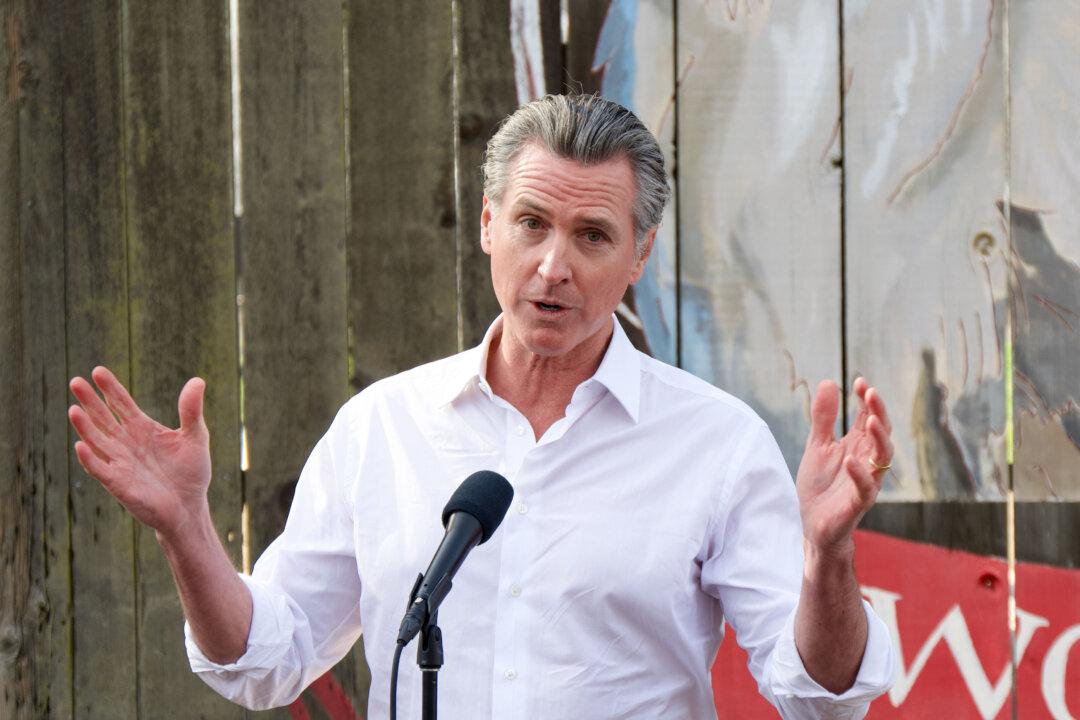Facing pressure from the California government to facilitate the production of more green energy, the Trump Administration approved the construction of a 3,000-acre solar project on Jan. 16.
The Bureau of Land Management (BLM) approved the Desert Quartzite Solar Project, a subsidiary of First Solar, Inc., to build and operate a 450-megawatt solar project on federally managed public lands. The project site is in Riverside County, not far from the Arizona border.
The project, which has lingered for five years in the permitting stages, is expected to be operational in 2022.
It will mean a private infrastructure investment of $1 billion. It will generate enough electricity to power about 117,000 homes and provide $2.7 million in annual rent and fees to the U.S. Treasury, according to a BLM press release. It will also create 870 jobs at peak construction.

The site for a new 3,000-acre solar project, the Desert Quartzite Solar Project, approved by the Bureau of Land Management on Jan. 16, in eastern Riverside County, Calif. Bureau of Land Management
“The Department of the Interior supports moving forward with the Desert Quartzite solar project and other projects that help strengthen communities and promote energy independence,” said Casey Hammond, acting assistant secretary for the Department of Interior’s land and minerals management, in the release. “Responsible domestic energy production on federal lands remains fundamental to our nation’s security.”
The BLM authorized construction of a main generation area, on-site substation, switchyard, site security, a 230 kV generation-tie line, and an operations and maintenance facility.
The project advances the U.S. Department of the Interior’s America First Energy Plan which calls for energy independence and development on public lands, improving infrastructure and creating jobs in local economies.
While rooftop solar panels on residential and commercial buildings are ideal from an environmental standpoint—because they don’t eat up any additional lands—they don’t provide enough power to meet the state’s renewable energy goals.

Solar panels sit above the Solar Grove parking lot at the Kyocera Plant in San Diego, Calif., on June 24, 2005. The Solar Grove is an array of 25 solar panels that turns a 186 vehicle parking lot into a 235 Kilowatt solar electric generating system. Sandy Huffaker/Getty Images
High Demand in California
Shannon Eddy, executive director of the Large-Scale Solar Association, told The Epoch Times that her organization is advocating for bigger, utility-scale projects.With the most aggressive renewable energy policies of any U.S. state, she said California needs to step up its game in the arena of solar power production—and fast. As more electricity is used to heat buildings and power vehicles, the state must produce more than four times the amount of electrical power it does now, Eddy said.
“What the state is looking at is a grid that produces 200,000 megawatts by 2045. For comparison, right now, the grid is at about 46,000 megawatts,” Eddy said. “Of that 200,000, about 90,000 to 130,000 will be generated by solar power.”
Before he left office, former California Governor Jerry Brown signed Senate Bill 100, also called The 100 Percent Clean Energy Act of 2018 which requires that the state fully decarbonize its electricity grid by 2045. His successor, Governor Gavin Newsom, has been pushing for larger solar projects to meet its renewable energy targets.
When asked if the state’s goal is reachable, Eddy offered an optimistic response: “Absolutely. That’s the whole idea. We are increasing renewable energy to reduce the need for natural gas plants. You bet.”
She said projects recently approved by the BLM are a good step toward meeting these targets.
In November, the BLM approved EDF Renewable Energy’s 500-megawatt, 3,140-acre Palen Solar Project in Riverside County. In December, the agency issued a final environmental impact statement, moving towards the approval of the proposed 690-megawatt Gemini Solar Project in Nevada.
Combined with the project approved Jan. 16, these represent about 1,640 megawatts. That’s about 1–2 percent of the goal for the amount of solar power to be produced by 2045.





